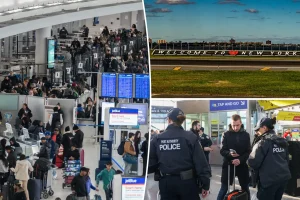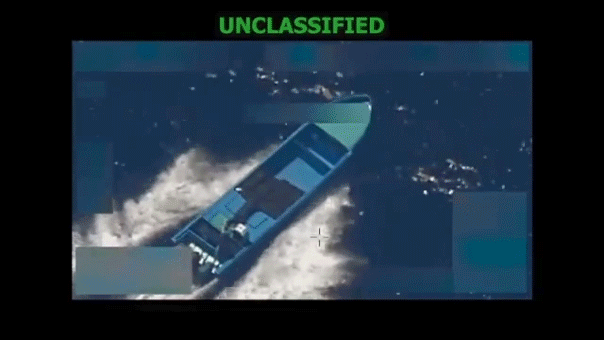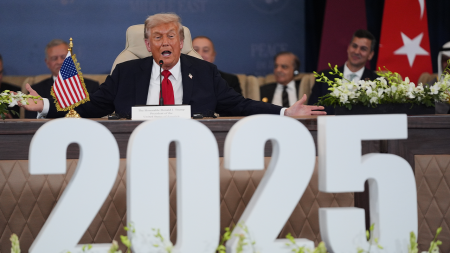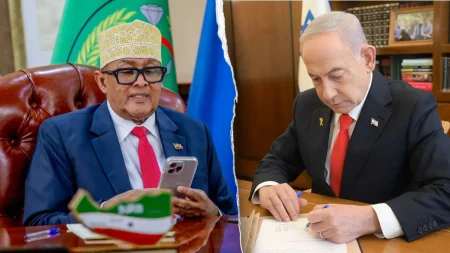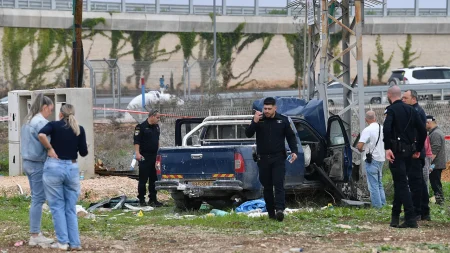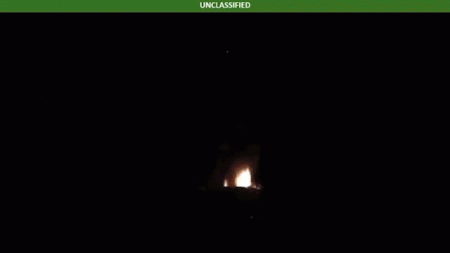US Military Continues Targeting Suspected Drug Vessels Under Trump Administration
In recent weeks, the United States military has intensified its campaign against narcotics trafficking, conducting a series of strikes against vessels suspected of carrying drugs in international waters. The latest operation, announced Wednesday by Secretary of War Pete Hegseth, targeted a boat in the Eastern Pacific allegedly operated by what the administration describes as a “Designated Terrorist Organization.” This marks the eighth such strike since President Trump resumed office, with the previous seven operations having taken place in Caribbean waters. According to Hegseth’s statement, intelligence sources had identified the vessel as part of a narcotics smuggling operation traveling along a known trafficking route. The strike resulted in the deaths of two individuals aboard, whom the administration characterized as “narco-terrorists.”
The Eastern Pacific strike follows closely on the heels of another military operation that took place last Friday, targeting a vessel allegedly affiliated with Colombia’s National Liberation Army (ELN). That strike, also conducted in international waters, killed three men who were described by U.S. officials as “narco-terrorists” transporting “substantial amounts of narcotics.” The ELN, a long-standing Colombian rebel group, has been officially designated as a terrorist organization by the United States government. In his public communications about the operation, Secretary Hegseth drew parallels between the Colombian rebel group and al Qaeda, suggesting an equivalence between drug trafficking networks and organizations traditionally associated with international terrorism.
This emerging pattern of military strikes represents a significant shift in how the United States is approaching the fight against drug trafficking under the Trump administration. Rather than relying primarily on law enforcement interdiction, intelligence operations, or diplomatic pressure—approaches that have dominated U.S. counter-narcotics strategy for decades—the administration has opted for direct military action against suspected drug vessels in international waters. The operations have been personally directed by President Trump, according to official statements, underscoring the administration’s commitment to what it describes as dismantling transnational cartels “by force.” The scope and frequency of these operations suggest a substantial reorientation in how the U.S. government conceptualizes and responds to the threat of drug trafficking.
The human toll of this military campaign has been significant, with at least 34 deaths reported across the eight operations conducted thus far. Last Thursday’s action targeted what President Trump later described as a “very large drug-carrying submarine” in Caribbean waters. That operation resulted in two deaths, though it also marked a departure from the purely lethal approach seen in other strikes, as two individuals aboard the vessel were captured alive. Another operation conducted on Tuesday off the Venezuelan coast reportedly killed six people suspected of involvement in drug smuggling activities. These casualties highlight the lethal nature of the campaign and raise questions about the standards being applied to determine which vessels qualify as legitimate military targets.
The administration’s characterization of these operations reflects a concerted effort to frame drug trafficking as a national security threat equivalent to terrorism. By consistently referring to those aboard the targeted vessels as “narco-terrorists” and highlighting connections to designated terrorist organizations, officials are drawing direct lines between the war on drugs and the war on terror. This rhetorical strategy may serve to justify the use of military force in circumstances that might otherwise be considered the domain of law enforcement. It also potentially broadens the legal authorities the administration believes it can invoke to conduct these operations, particularly those related to counterterrorism rather than counter-narcotics efforts.
As this campaign continues, it raises important questions about international law, the use of military force against criminal enterprises, and the effectiveness of lethal operations as a counter-narcotics strategy. While the administration has emphasized that all strikes have occurred in international waters—presumably to avoid sovereignty concerns—the practice of conducting military strikes against vessels suspected of criminal activity represents a significant development in how the United States projects power internationally. The administration has provided limited details about the intelligence that leads to targeting decisions or the protocols in place to verify that vessels are indeed engaged in narcotics trafficking before strikes are authorized. As the death toll rises and operations continue, these questions are likely to gain greater prominence in discussions about U.S. foreign policy and counter-narcotics strategy under the current administration.
